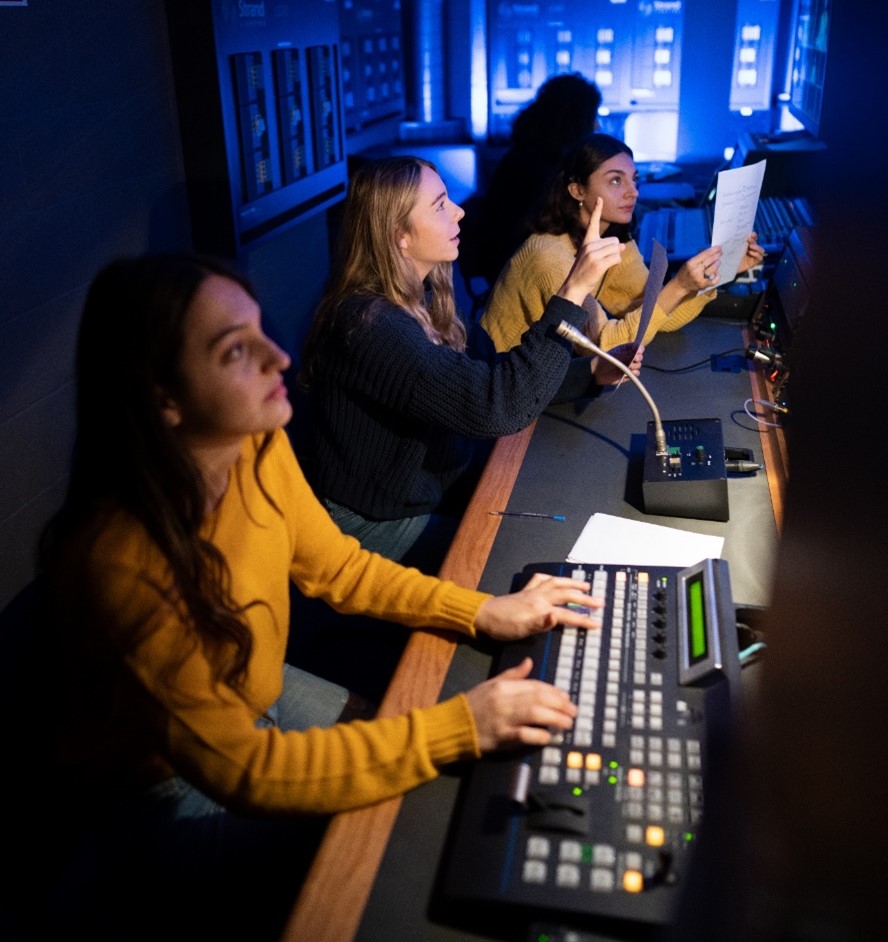Professor Rafe Hallett from Keele University has recently delivered a fascinating keynote talk exploring the idea of students as digital producers.
The presentation encouraged educators to explore which modes of co-creation are already inhabited by their students and enable them to work collaboratively in the production of knowledge. As pointed out by Professor Hallett, this constructionist approach leads to a more meaningful experience. Students produce outputs which are available externally to university systems and can be showcased and shared as ‘theirs’. This contributes to the feeling that their work ‘matters’, in contrast to submitting assessment in a standard format which is read, marked and archived.
Enabling students to be digital producers requires them to build on skills they already have, but also to develop digital criticality to choose the right digital resources for what they are trying to do. It is one way of facilitating more authentic assessments, a concept explored by Kay Sambell and Sally Brown our recent mini-fest.



 In this blogpost, we’ll be looking at some tips for monitoring a Teams chat when you’ve also got attendees joining in person and online.
In this blogpost, we’ll be looking at some tips for monitoring a Teams chat when you’ve also got attendees joining in person and online.